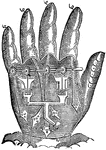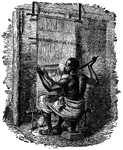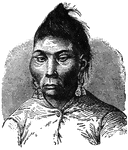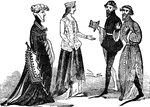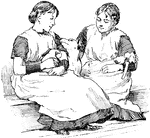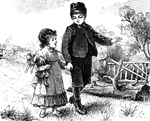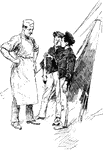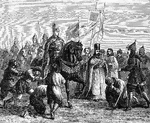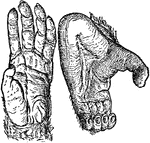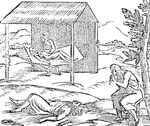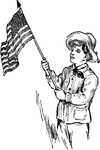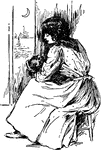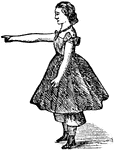
Rooster
The people of Shiraz personify the Devil in a form of a rooster, which they weave in some of their choicest…

Swastika Design
"Derived from the Sanscrit word Svasti, which means good pretence. It dates bck three or four thousand…

Swastika Design
"Derived from the Sanscrit word Svasti, which means good pretence. It dates bck three or four thousand…
Swastika Design
"Derived from the Sanscrit word Svasti, which means good pretence. It dates bck three or four thousand…
Fountain Pen
An instrument for writing with a fluid ink, usually made of metl and fitted to a holder. The ancients…
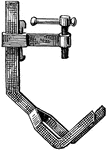
Crow
A device used for holding a gas or water main in position while it is tapped for a service pipe.
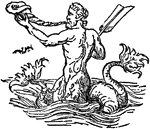
Triton
In Greek mythology, the only son of Poseidon, who is described as one of the minor sea gods. He was…
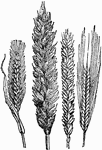
Wheat
An important and largely cultivated cereal. It is excelled by rice alone with reference to the number…

Vogul Encampment
An endangered indigenous people living in Khanty-Mansi autonomous disrict, an autonomous region within…

Lapland
A man fishing in Lapland. Lapland is the name of the cultural region traditionally inhabited by the…
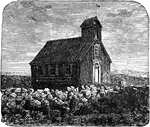
Lapland Church
A Lapland Church. Lapland is the name of the cultural region traditionally inhabited by the Sami people.
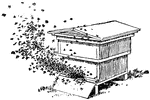
Beehive
A specific container used to keep bees. People use these containers to collect the bees honey.

Ancient Egyptian Music
This image shows a group of ancient egyptian street musicians. (1) Woman with a tall light harp with…

Vina
A stringed instrument used in Carnatic music. The vina is played by sitting cross-legged and holding…
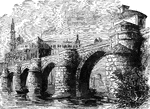
Saragossa
This illustration shows a bridge leading in to the town of Saragossa, Spain. Saragossa is a city famous…

Japanese Woman
This illustration shows a Japanese Woman. She is holding an umbrella and wearing a kimono.
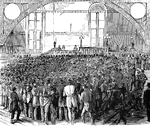
Wheat Market
This illustration shows buyers wheat buyers waiting to get their hands on some product.

String Toy
A toy consisting of a hollow and well balanced piece of wood turned in the shape of an hour glass. It…

Ptolemy Holding a Document
Claudius Ptolemaeus, known as Ptolemy, was an ancient geographer, astrologer, and astronomer.

Pillory
A frame of wood erected on a post or pole, with movable boards resembling those in the stocks, and the…

Quern
"A primitive mill for grinding corn, the stone of which was turned by the hand before the invention…

Chinese Tent
"The Chinese lower orders live much in tents. They are ordinarily of matting. These people are clever…

Buoy Mooring Block
"Mooring anchors are those which are places in harbours, for the convenience of vessels frequenting…

Cast-iron Mooring Anchor
"Mooring anchors are those which are places in harbours, for the convenience of vessels frequenting…
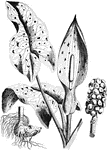
Cuckoo Pint
A common plant of the north temperate Europe. It has purple spotted leaves and can force people to have…

Hungarian Mill
"This consists of a cast-iron pan a, having a shallow cylindrical bottom b, holding 50 lb of mercury,…
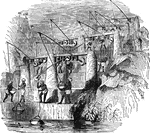
Shadoof
An irrigation tool invented by the people of ancient Sumer. It uses weights to make lifting buckets…

Alfred's Jewel
"An ornament of gold, apparently intended to hang round the neck, found in Athelney, and now in the…

Bayeux Tapestry
"Bayeux Tapestry. The crown offered to Harold by the people." — Chambers' Encyclopedia, 1875

Crown
"Crowns were originally garlands of leaves; and in this form they have probably been used as an ornament…


